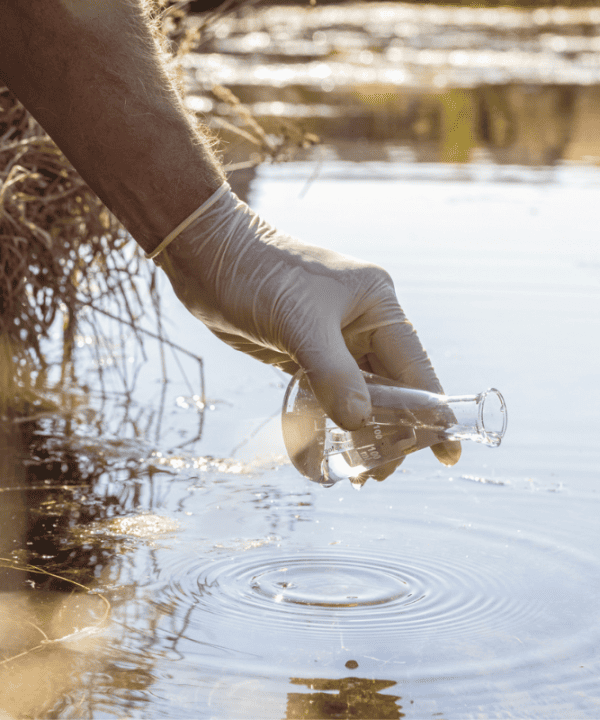
PROJECT DETAILS
- Project No 1143
- Project Name Best practice guidance for lake modelling to support quantitative microbial risk assessment (QMRA)
- Lead Organisation Hunter Water
- Research Lead Griffith University
- Main Researcher Sunny Yu
- Completion Year 2024
Project Description
Lake hydrodynamic models are used by water utilities to provide an estimation of the conditions within a water storage. Increasingly, water utilities are employing a pathogen module to simulate the advection and dispersion of pathogens in source water. Lake model outputs provide forecasted pathogen concentrations across the water column of lakes and reservoirs, including at the offtakes of water treatment plants. This pathogen information, in combination with any monitored pathogen concentrations, provides important inputs to water quality experts to conduct quantitative microbial risk assessment.
The quality and outcomes of a lake modelling process depend on several critical steps, some of which are implicitly used by modellers, but which are often not adopted routinely or communicated widely as part of a quality assurance process. There is an emerging need in the drinking water supply industry for information and guidance on the appropriate use of lake models to support QMRAs. Ideally, the information is provided through a set of best practice guidelines that demonstrate a series of quality assurance principles and actions to ensure that model development, implementation and application represent best practice and are commensurate with the intended purpose. This project identified, reviewed, and communicated guidance on specific modelling steps, such as project administration, conceptual modelling framework, model evaluation metrics, and uncertainty analysis practice, and prepared a consultative draft of the detailed best practice guidelines.





